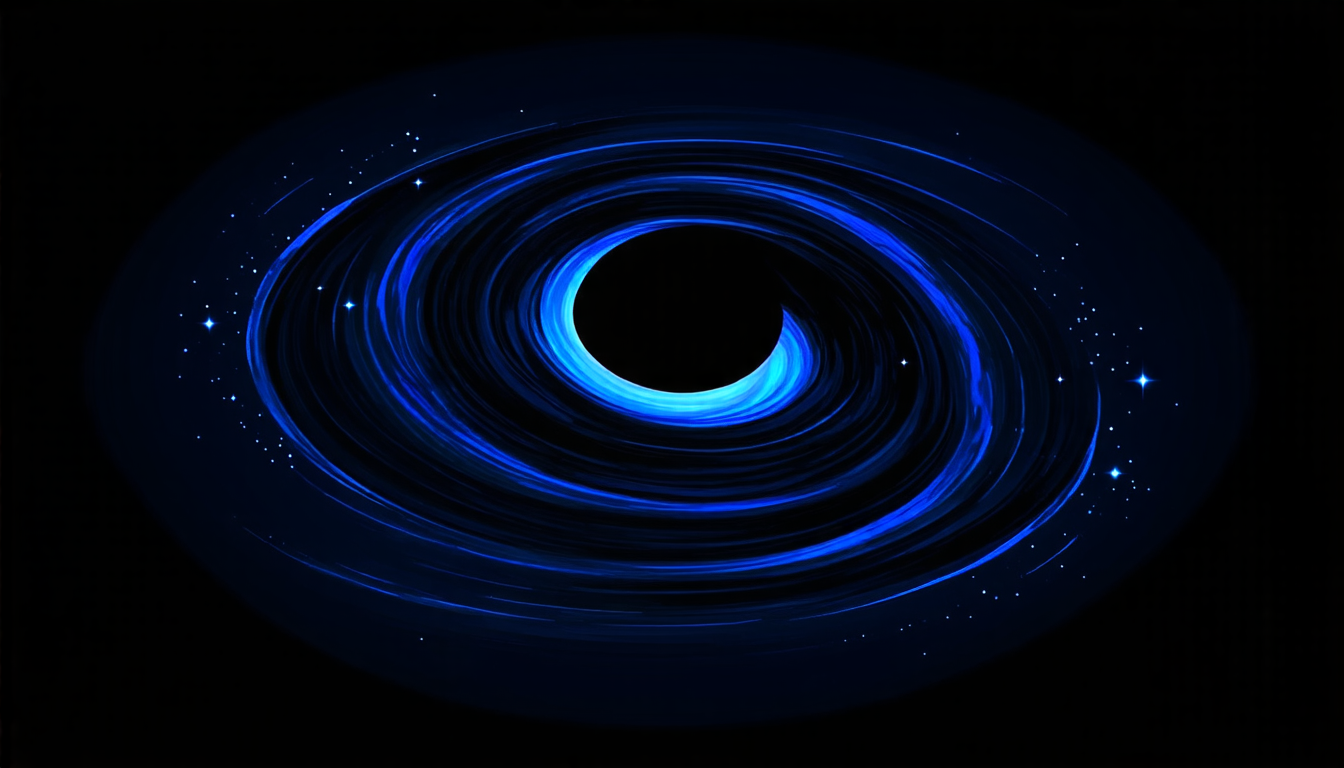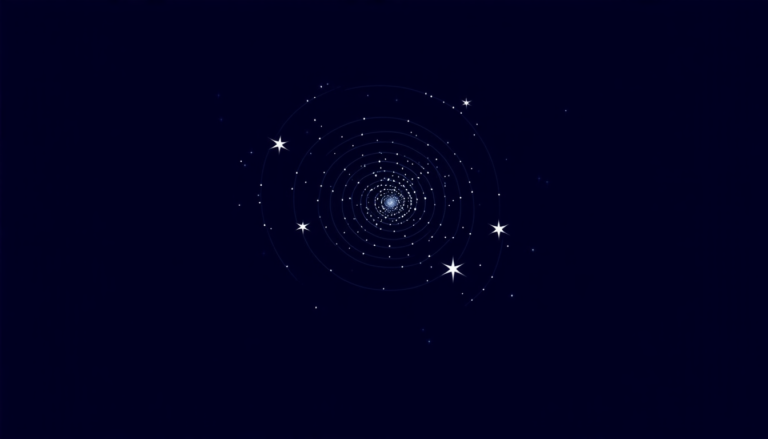Monday 02 June 2025
The detection of gravitational waves has revolutionized our understanding of the universe, allowing us to peer into the distant past and uncover secrets about the cosmos. However, as we move forward with more advanced detectors and new technologies, a significant challenge lies ahead: how to analyze and interpret the increasingly complex signals that will soon flood in from overlapping sources.
In recent years, scientists have made tremendous progress in detecting these waves, which are ripples in the fabric of spacetime produced by massive cosmic events like black hole mergers. But as we push our detectors to greater sensitivities, we’re starting to encounter a new problem: signals that overlap and blend together, making it difficult to tease out individual sources.
The Einstein Telescope, a next-generation detector currently under construction, is poised to tackle this challenge head-on. By combining advanced technologies like machine learning algorithms with traditional data analysis methods, scientists hope to develop a robust system for identifying and characterizing overlapping gravitational wave signals.
One promising approach involves the use of Transformers, powerful artificial intelligence models originally designed for natural language processing tasks like language translation. By adapting these models to analyze gravitational wave data, researchers can identify patterns and relationships between different sources that might not be apparent through traditional methods.
Another key innovation is the integration of Normalizing Flows, a type of probabilistic model that can efficiently sample posterior distributions and provide uncertainty estimates for parameter inference. This allows scientists to quantify the accuracy of their results and better understand the limitations of their analysis.
In practice, this means that researchers will be able to use these models to rapidly estimate properties like the masses and spins of merging black holes, even when signals are heavily overlapping. By doing so, they’ll be able to make more accurate predictions about future events and better understand the underlying physics driving these cosmic phenomena.
The potential implications of this work are far-reaching. With the ability to analyze overlapping signals, scientists will gain a deeper understanding of the universe’s most violent and energetic events – like supernovae explosions and black hole mergers – which will shed light on fundamental questions about gravity, spacetime, and the behavior of matter at extreme energies.
As we move forward with these new technologies, it’s clear that the detection and analysis of gravitational waves is poised to become an even more powerful tool for understanding the universe. And as scientists continue to push the boundaries of what’s possible, we can expect a wealth of exciting discoveries in the years to come.
Cite this article: “Cracking the Code of Overlapping Gravitational Waves”, The Science Archive, 2025.
Gravitational Waves, Machine Learning, Artificial Intelligence, Einstein Telescope, Black Holes, Supernovae Explosions, Spacetime, Gravity, Normalizing Flows, Transformers







